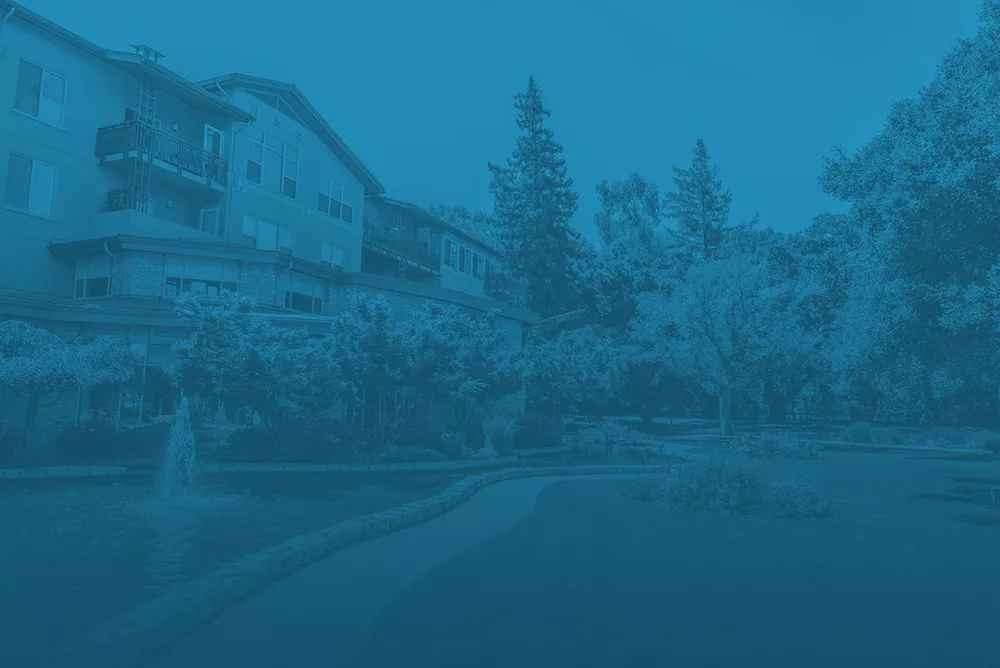At a time when home health providers are already facing numerous challenges, the utilization of the right technology tools can elevate care delivery, while improving interaction between clinicians and patients.
Prior to the pandemic, clinicians may have been skeptical about incorporating technology into the care delivery models. This has mostly changed due necessity, according to Stacey Brown, a registered nurse and an independent consultant.
“It feels like today patients and clinicians have really embraced technology across the board,” she said during a panel discussion at Home Health Care News’ virtual Staffing Summit earlier this month. “We are now seeing that [technology] can very specifically augment care delivery, as opposed to it being what we initially thought would be impersonal touches.”
Brown noted that providers have been leveraging technology tools, such as remote patient monitoring (RPM), virtual visits and more. All of these different solutions have aided clinicians in their effort to gain more patient insights.
“We now know a lot more about the patients,” Brown said. “Historically, in-home visits were short, sustained visits. … Today, we can gain insights around how the patient’s doing, and what their actual health status is in a much more in-depth view, because we’re getting data from multiple types of apps, from RPM platforms, and connected devices that are in the home. It adds not only to the care delivery, but to our understanding.”
Kelli Carner — vice president of customer solutions and digital strategy at Ecouton — believes there’s an increased level of trust of providers from both patients and families. This is due to technology’s ability to help clinicians implement an extra level of care.
“I think using technology has created that much more well-rounded feeling of, ‘I’m going to be taken care of no matter what ends up happening,’” Carner said during the discussion.
Companies like CareXM — a triage technology platform — have cemented their name in the home-based care space by offering solutions that help providers manage their workload.
Sindy Von Bank, CareXM’s U.S. director of RPM and telehealth technologies, has seen increased capacity among clients that are using virtual visits.
“[It’s] almost doubling the nursing capacity, which allows home health to take more referrals to grow that patient population without having to increase staff,” she said during the discussion. “We all know there’s a nursing shortage. Everybody’s struggling to get enough nurses. We can really adopt technology and virtual visits to get eyes on the patient, provide earlier intervention and high touch to those patients through proactive outreach with the virtual visits before the nurse gets to the home.”
Plus, real-time data analytics can have a positive impact on operational efficiency and patient care timeliness.
“When you think about patient care and timeliness, I think the largest benefit that you get out of RPM in home health, for instance, is that insight into the patient’s lives and their wellness, when they’re not within the four walls, or seeing a provider,” Brown said.
Brown pointed out that that data collected here allowed providers to provide proactive care that could potentially prevent hospitalizations.
She believes things like EHRs, RPM platforms and virtual visits have been solutions that are most effective when it comes to reducing home-based care administrative burden.
Ultimately, technology solutions have the ability to make sure that nursing resources are being utilized appropriately.
“We’ve seen a lot of decreased cost by using different staff members for different things, and the only way you can do that is through technology,” Bank said.



